Cold mornings. Sunrises. Night Sky. Mountains. Nature. Tired legs. Analog photos. Old cameras. B&W films. The smell of a freshly developed photos. Slide films… This is how I would characterise myself and my photographic work.
My name is Ľubomír Drápal, I´m from Slovakia and I focus mainly on analog photography. Why analog? My fascination with analog photography began as a child, when my father projected old slides on a projector, developed photos from holidays and short trips in the bathroom and then filled a free photo album with them.
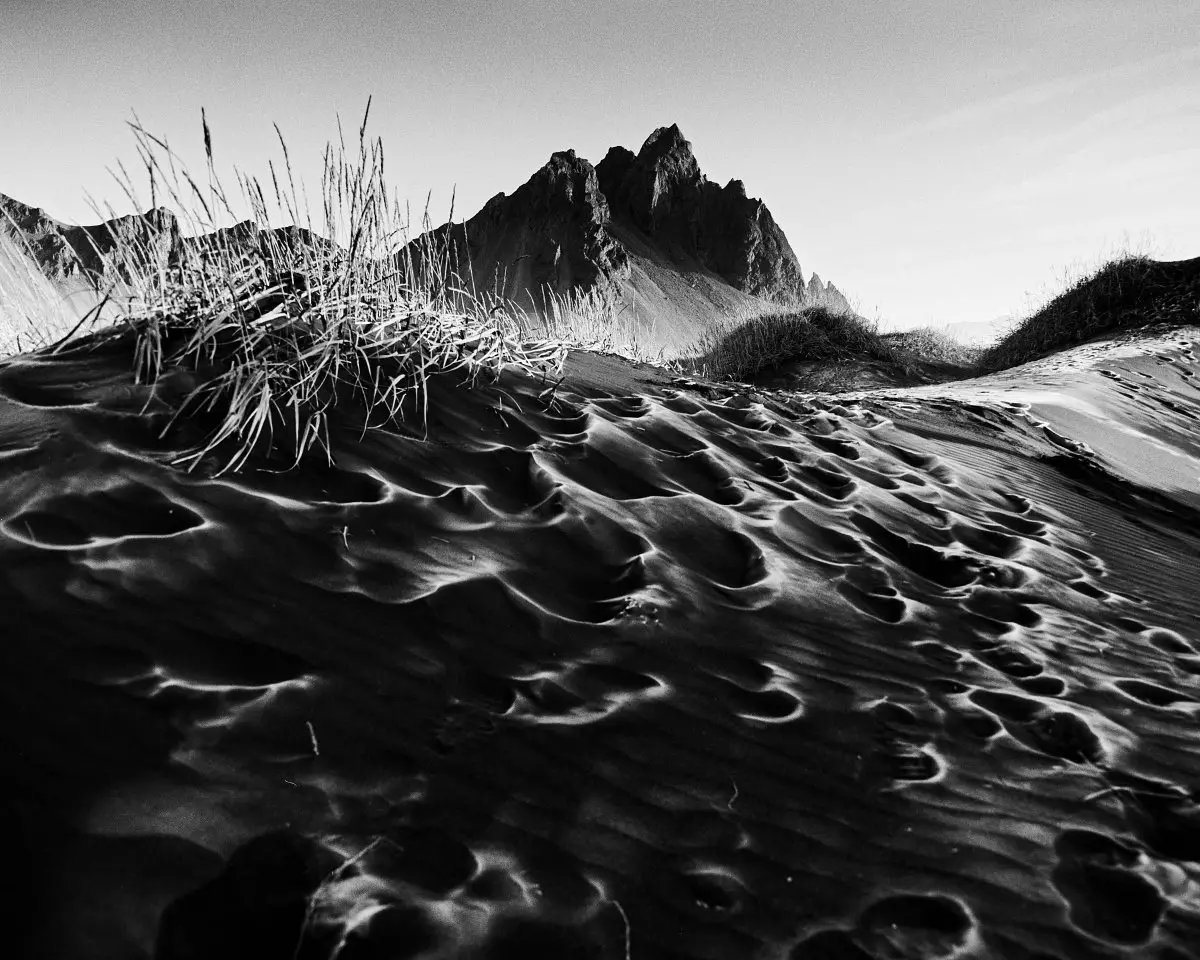
Taking pictures on film is always a lottery. Even while you are taking photos, you have to think more about the result, concentrate, look for the right angle and choose the right POV. It’s not about clicking one shot after another with the idea that “something” will work, or to “finish it later in post”. Compared to digital photography, analog is more about patience, waiting, a heavy backpack and an uncertain outcome.
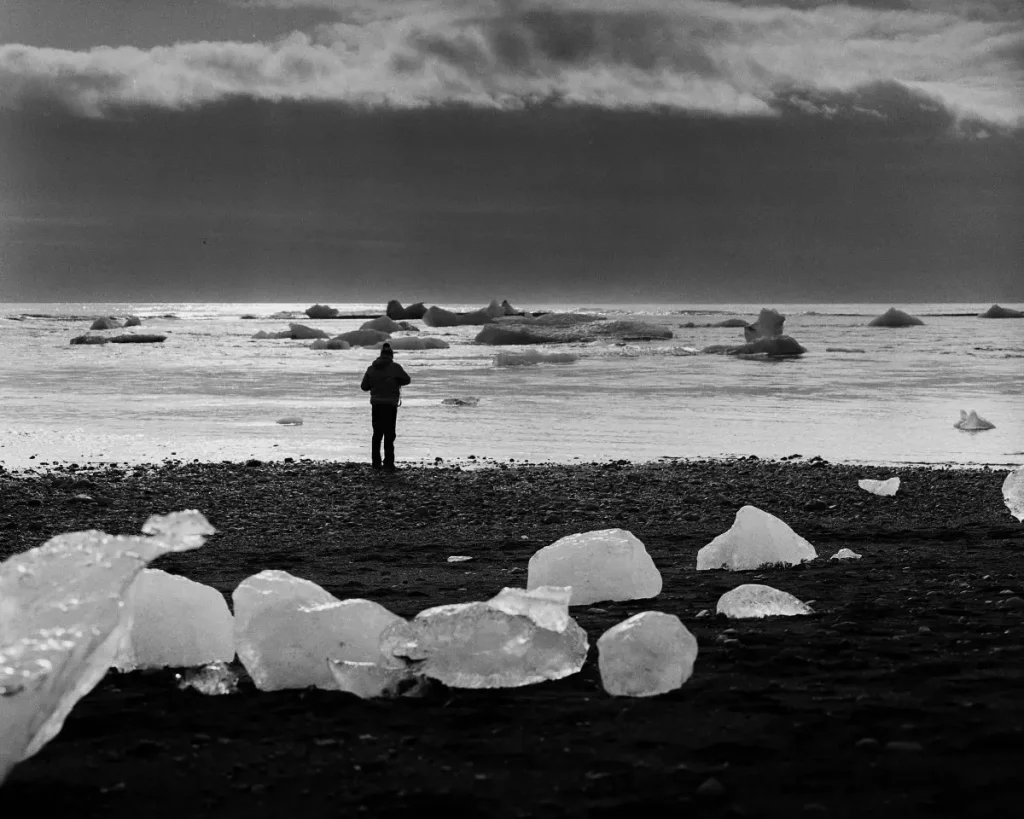
In analog photography, you don’t enjoy the result right away; you have to wait for it to work out. When you trudge uphill carrying a 6-pound medium format camera and many heavy lenses instead of a half-pound mirrorless, you might curse – or maybe even regret your choices. But I think the tension of developing films, and the ensuing euphoria when you find that the shot came out, or maybe even better than you imagined, is worth every hard step.
I am fascinated by the rawness of analog photography, its authenticity, and the fact that it captures a given place or a person, as it really is at the moment, and not as I adjust it through a filter. It can tell a rough or a gentle story. It deepens every moment, whether the subject is a landscape or a portrait of a person. In this, analog is unique, and to me, incomparable with digital.
Analog photography lets me capture a moment in a photo, it lets me tell a unique story without any further words. That’s why it’s always my choice for traveling. One such opportunity was on my recent trips to Iceland, when I tried to capture the natural beauty of the Icelandic countryside on Kodak TriX 400, Ilford HP5 and Bergger Pancro film.
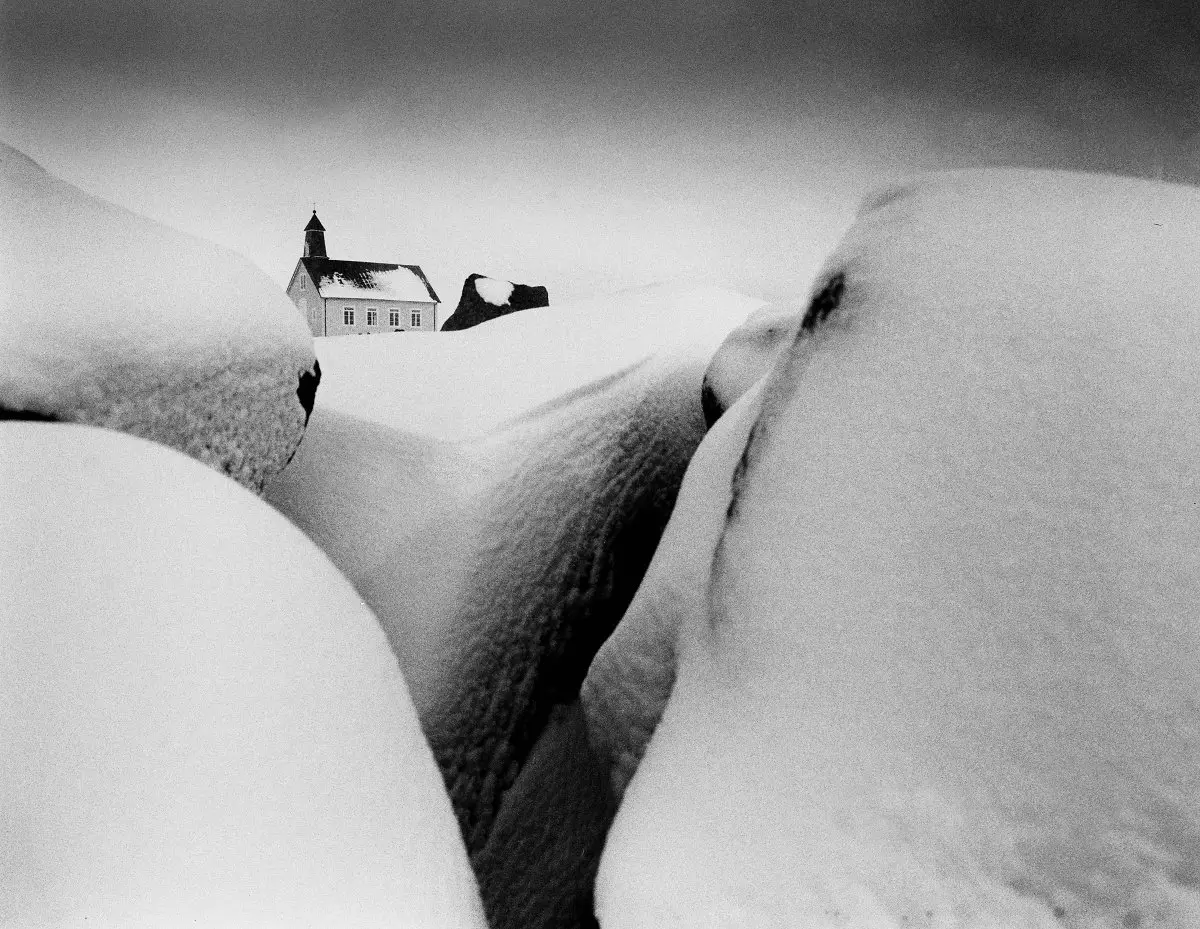
I visited Iceland twice in 2018 and 2019. During these two visits, my sister and I crossed the entire Ring Road and with many walks and detours, we drove over 6,000 km (though due to the weather we missed the western fjords). We visited the most famous places such as Seljalandsfoss, Gljúfrabúi and Skógafoss waterfall, glacial bays including the most popular Jökulsárlón, Diamond beach, the black beach at Vík, the iconic Vestrahorn, Kirkjufell and much more.
The trips were focused more on adventure rather than photography. My photos were taken during the trip, making the best of any opportunities which arose. There were very few places where we spent multiple days, where I had the luxury to try and catch the right light. A lot of shots are taken handheld, without the use of a tripod, which was also the reason why I used films with ISO 400 sensitivity. I also use ISO 400 films when shooting with a tripod, but for situations where I can’t use one, faster films give me more flexibility. In addition, I like the natural grain in the photos.
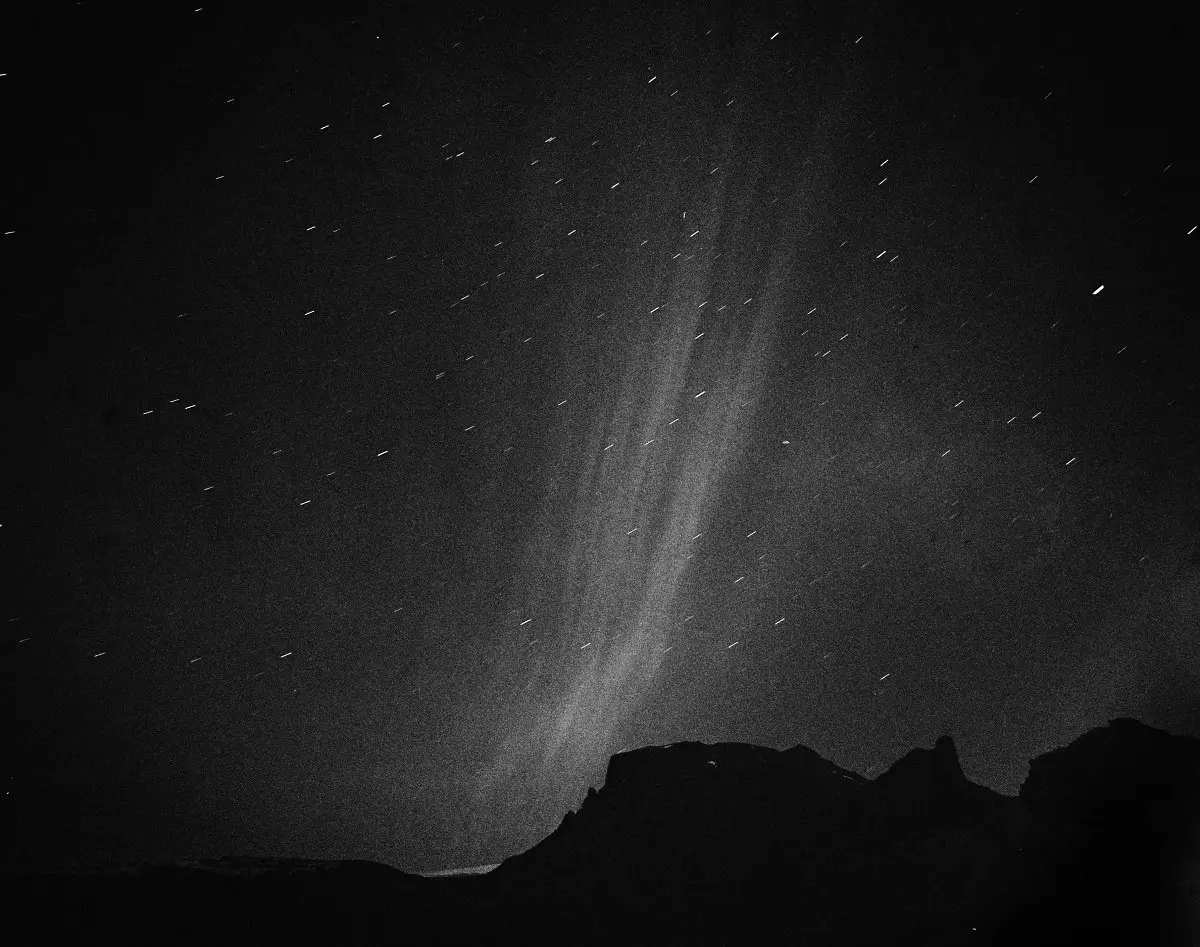
On my first visit to Iceland, I photographed on Kodak TriX, but when I got home, I had an unpleasant surprise due to the problems Kodak had with some series of films. The negative was imprinted with the numbers from the backing paper and the Kodak inscription, which unfortunately prevents me from printing the photos in a darkroom; the only way is to scan and print. That’s why on the second trip I used films from Ilford and Bergger, which I was absolutely satisfied with.
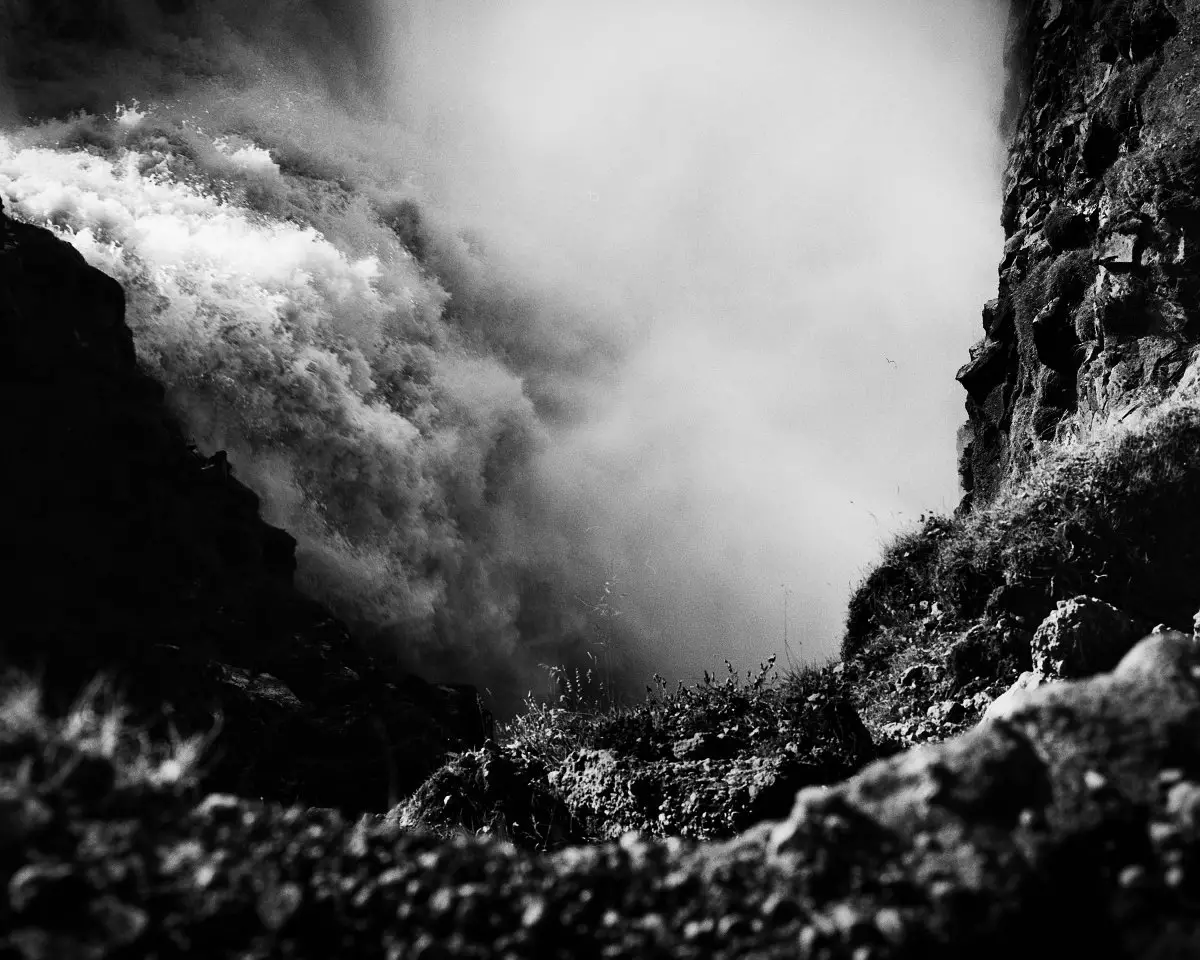
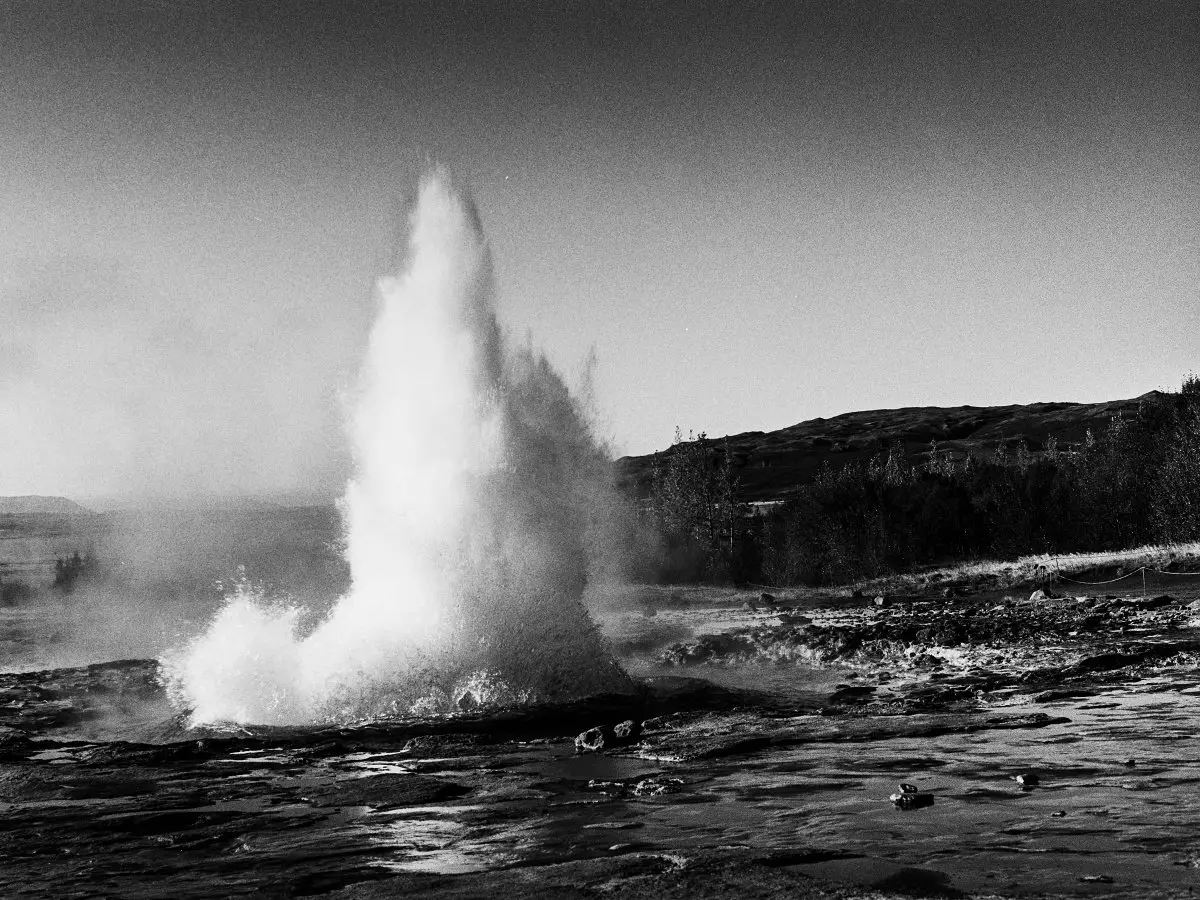
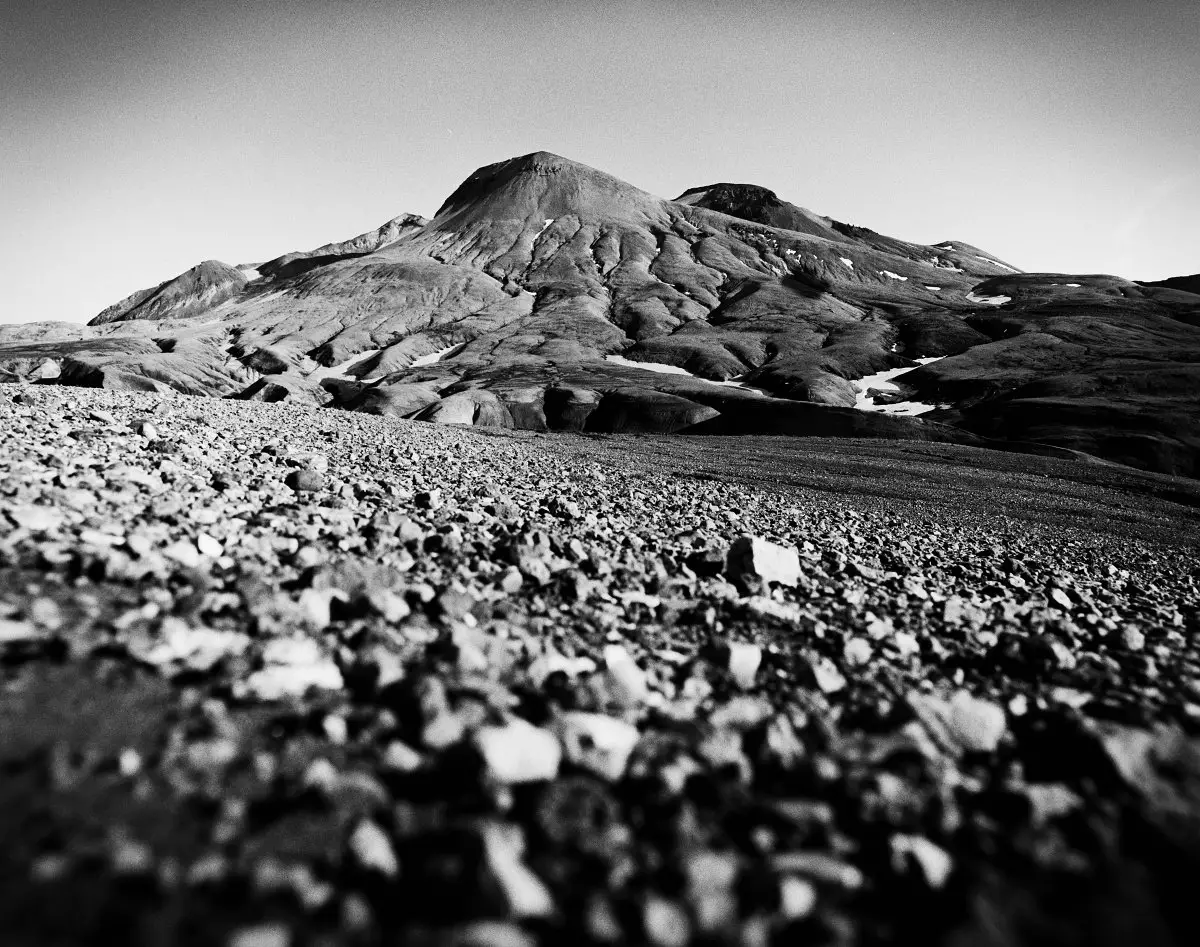
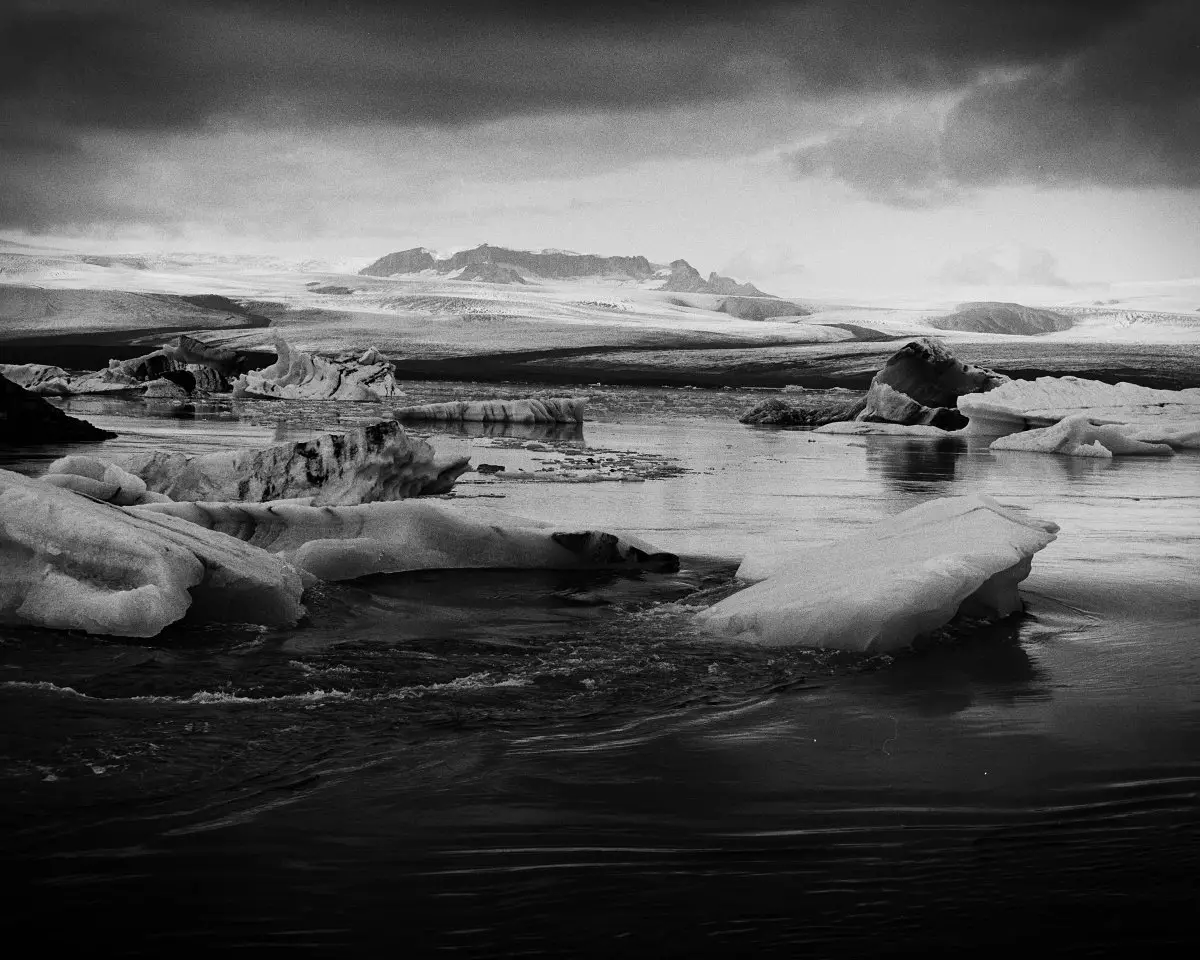
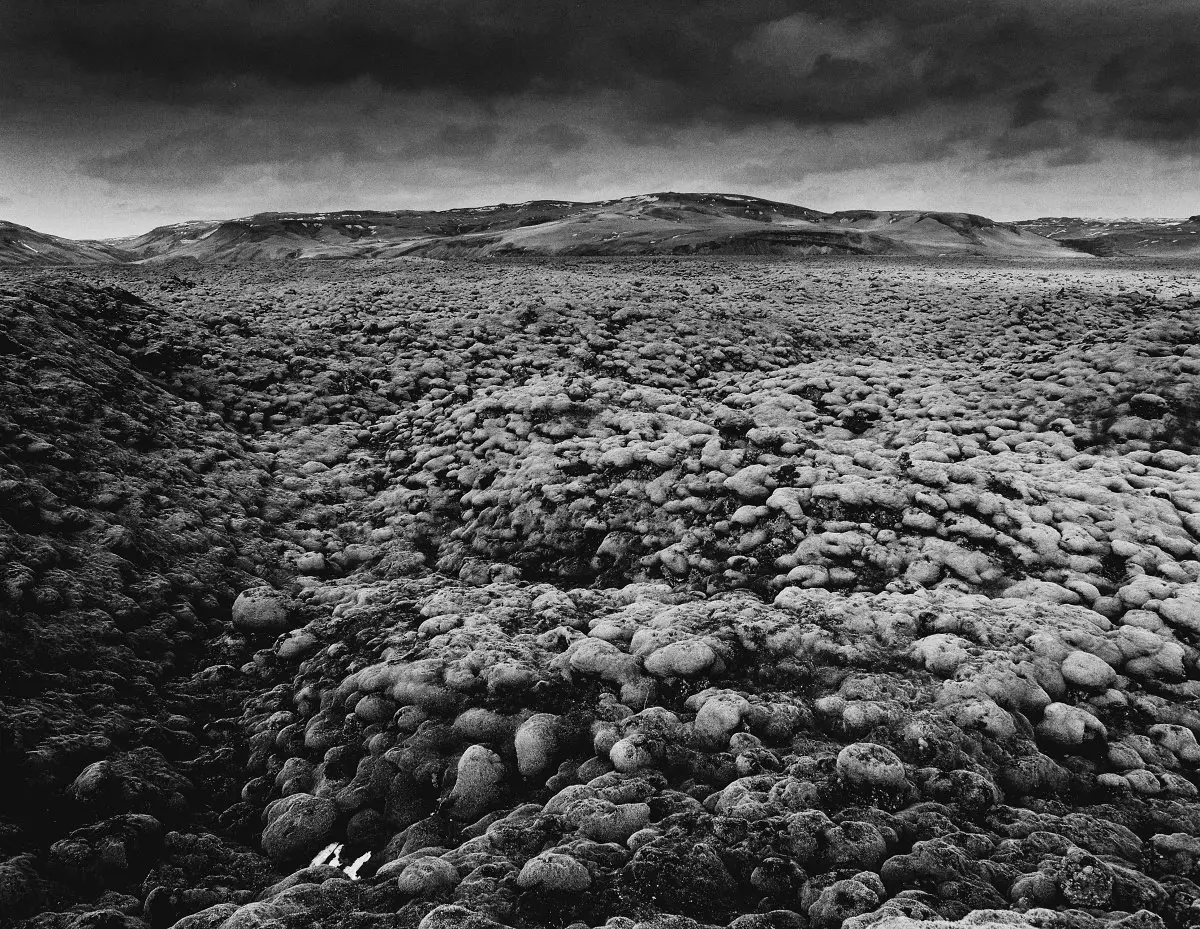
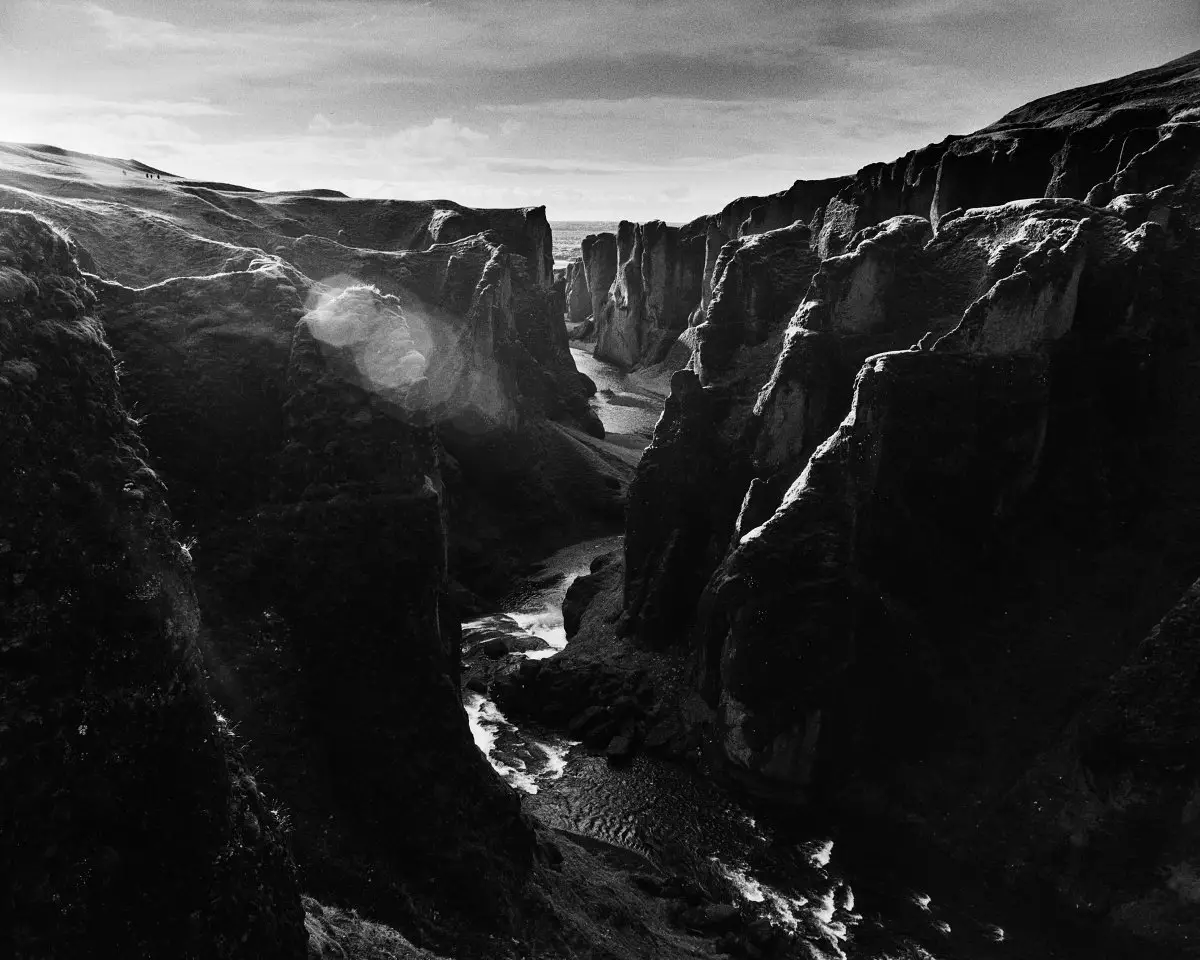
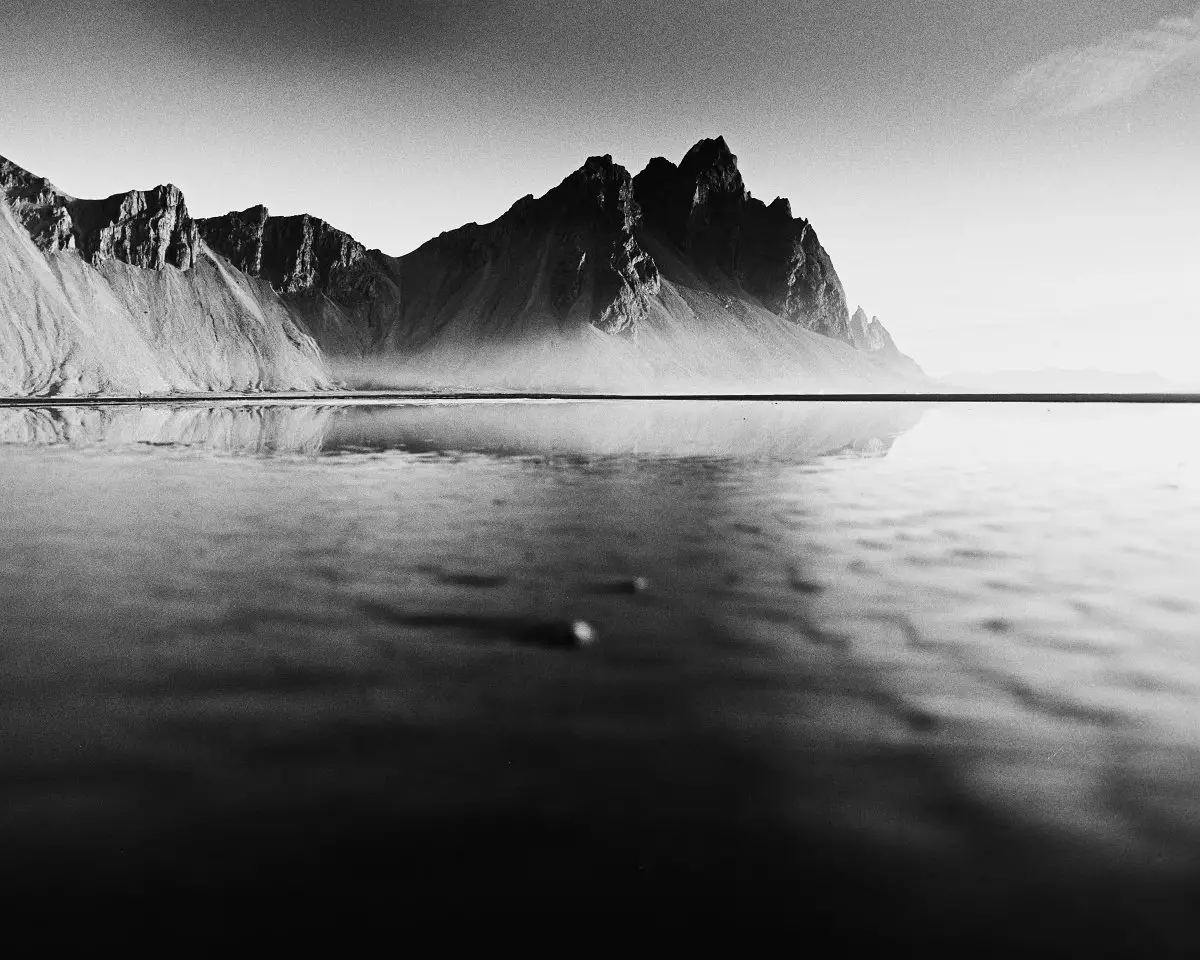
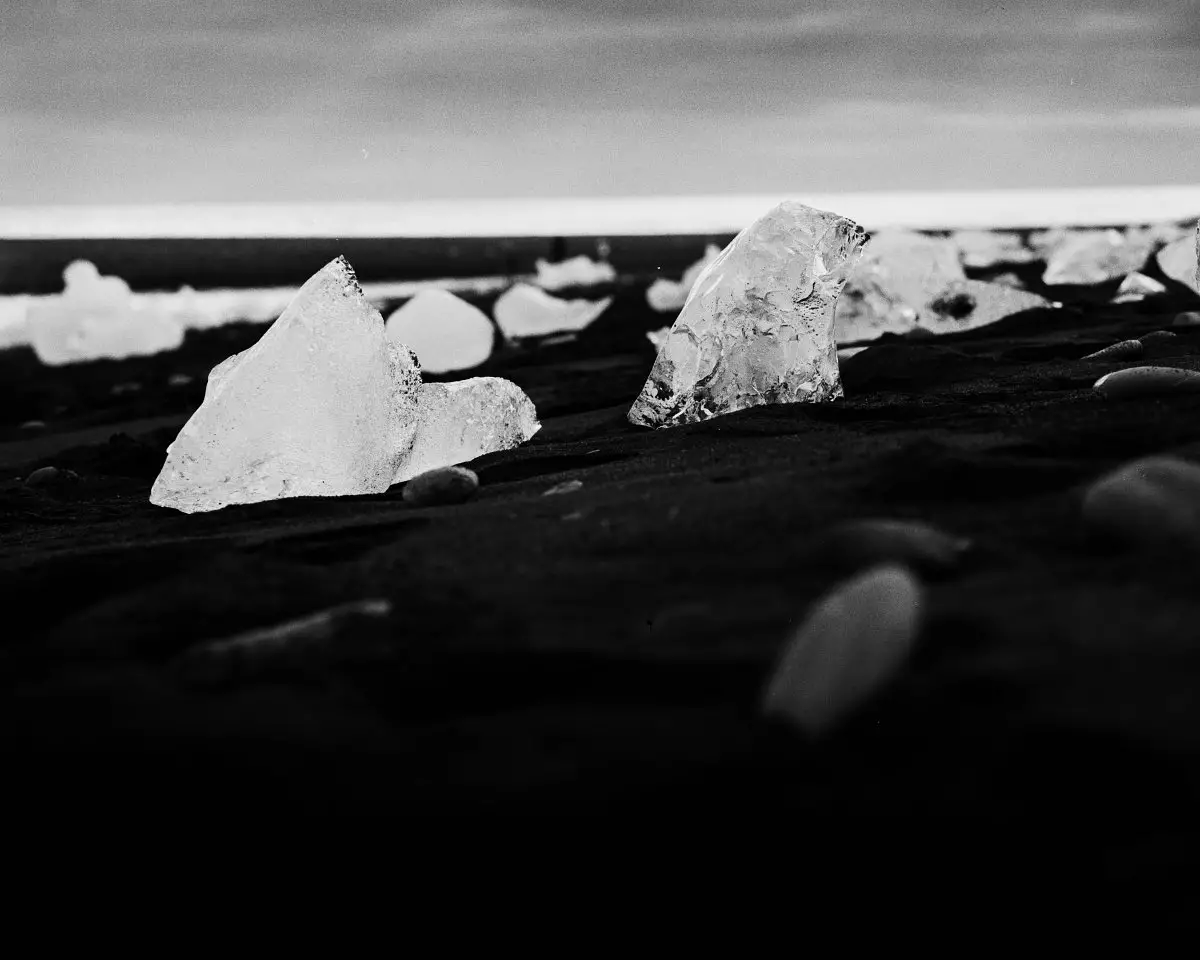
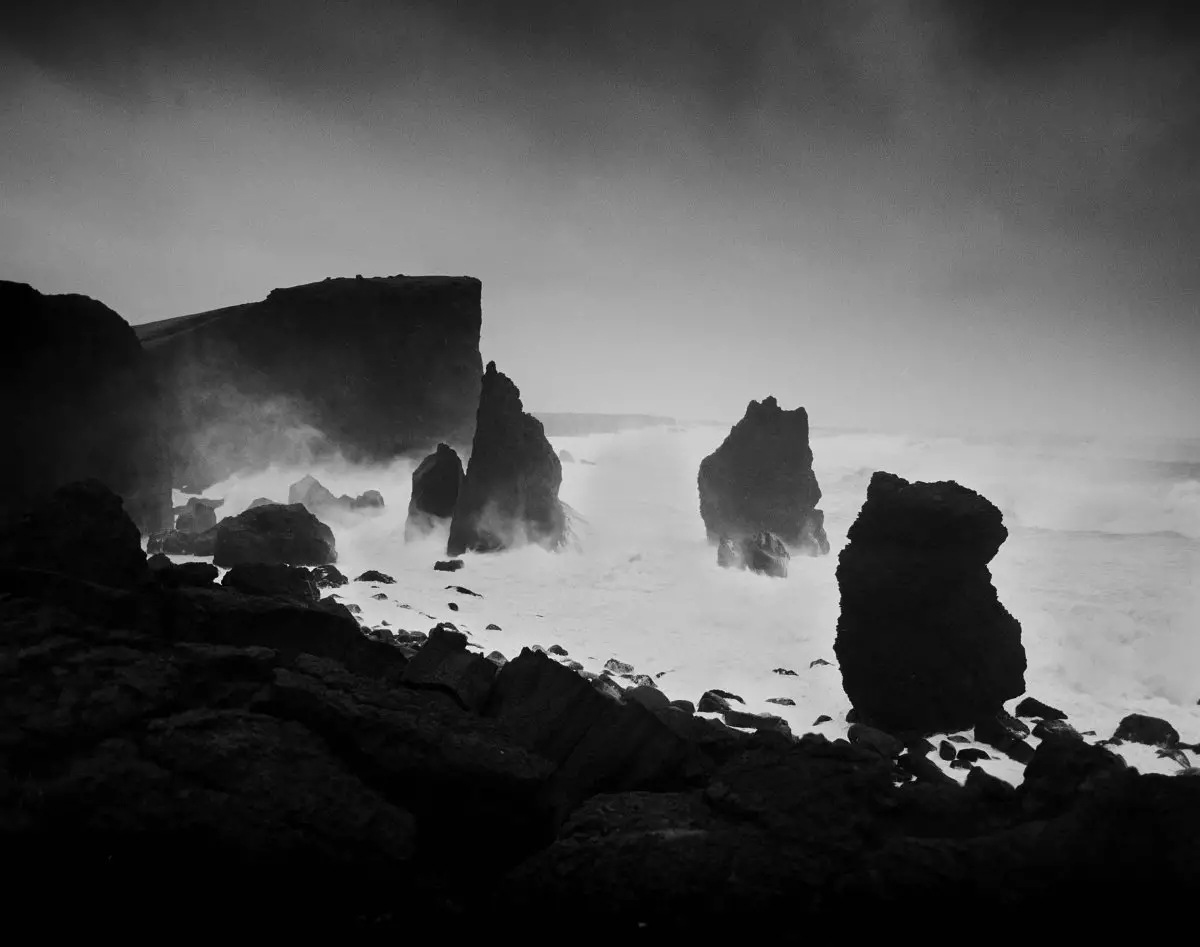
The Mamiya RB67 is not a travel camera. It is designed to work in the studio, but I really like working with it and I will definitely continue to use it for photography, whether on my travels or when photographing in the Slovak mountains, where I have several series.
If you’re interested, you can also follow me on Instagram.
Share this post:
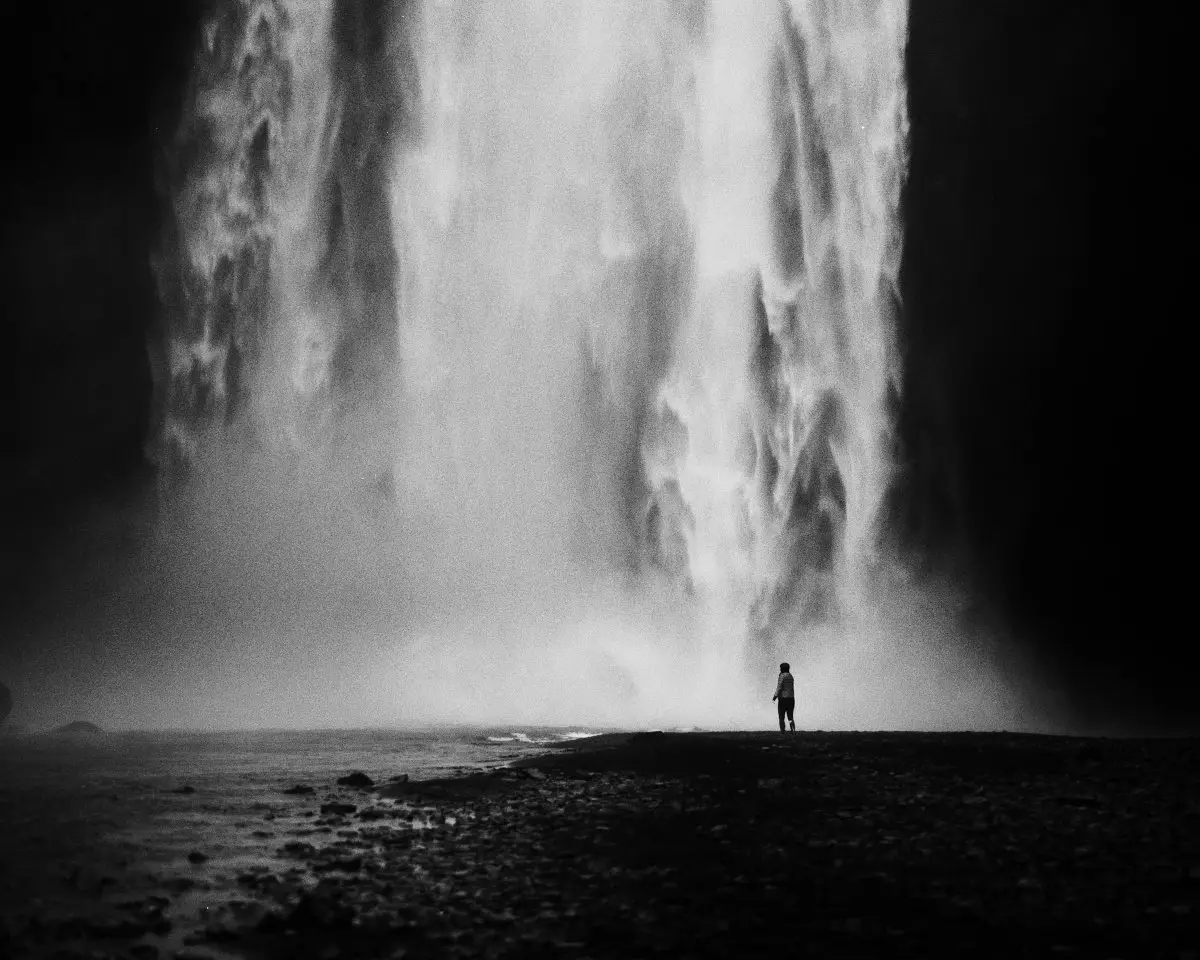








Comments
andy on Iceland on Mamiya RB67 – by Ľubomír Drápal
Comment posted: 27/11/2021
Comment posted: 27/11/2021
Bill Brown on Iceland on Mamiya RB67 – by Ľubomír Drápal
Comment posted: 27/11/2021
Comment posted: 27/11/2021
Charles Higham on Iceland on Mamiya RB67 – by Ľubomír Drápal
Comment posted: 27/11/2021
Comment posted: 27/11/2021
Pete on Iceland on Mamiya RB67 – by Ľubomír Drápal
Comment posted: 27/11/2021
Comment posted: 27/11/2021
Graham Spinks on Iceland on Mamiya RB67 – by Ľubomír Drápal
Comment posted: 27/11/2021
Comment posted: 27/11/2021
Charlie Bierwirth on Iceland on Mamiya RB67 – by Ľubomír Drápal
Comment posted: 27/11/2021
Comment posted: 27/11/2021
David Hume on Iceland on Mamiya RB67 – by Ľubomír Drápal
Comment posted: 27/11/2021
Like you, I feel I cannot get photos (landscape) that are as good on digital as I can on film. But I have an idea that this is not because of film or digital - it is because of me.
Think of your statement:
"Taking pictures on film is always a lottery. Even while you are taking photos, you have to think more about the result, concentrate, look for the right angle and choose the right POV. It’s not about clicking one shot after another with the idea that “something” will work, or to “finish it later in post”. Compared to digital photography, analog is more about patience, waiting, a heavy backpack and an uncertain outcome."
I would write it thus:
Taking pictures is never certain. While you are taking photos, you have to think about the result, concentrate, look for the right angle and choose the right POV. It’s not about clicking one shot after another with the idea that “something” will work, or to “finish it later in post”. Compared to sloppy, poor photography, good photography is more about patience, waiting, and an uncertain outcome."
I am making a concerted effort to make my digital photos as good as my film photos; to do this I need better skills. It's true that film and digital are different and that film grain is very different from digital noise. Digital sensors respond to light differently from film, and so you need to use them differently. It is entirely possible to carry a digital camera up a hill and make only one frame, or no frames if the light is not perfect. It takes guts to not make a frame. It is something I am working on. If you want to put an extra five kilos in your pack - sure do it! Or you could say an RB is way lighter than an 8x10 camera and use the same argument that your shots would be better if you used an 8x10. I don't think they would; I think we all have the technique that suits us and It could be that digital does not suit you. (There are some shots you cannot take with an 8x10 that you can take with an RB - just as there are some shots you cannot take with an RB that you could take with an iPhone)
But but I think we become better photographers by challenging our assumptions and trying to push ourselves out of comfort zones - so I'd say in closing that I give credit for these photos to you, not the RB or the film stock.
Comment posted: 27/11/2021
Clive Shepherd on Iceland on Mamiya RB67 – by Ľubomír Drápal
Comment posted: 28/11/2021
Comment posted: 28/11/2021
Scott Gitlin on Iceland on Mamiya RB67 – by Ľubomír Drápal
Comment posted: 28/11/2021
Comment posted: 28/11/2021
Gary on Iceland on Mamiya RB67 – by Ľubomír Drápal
Comment posted: 28/11/2021
Comment posted: 28/11/2021
Gary on Iceland on Mamiya RB67 – by Ľubomír Drápal
Comment posted: 28/11/2021
Gil Aegerter on Iceland on Mamiya RB67 – by Ľubomír Drápal
Comment posted: 28/11/2021
Comment posted: 28/11/2021
Simon Atkins on Iceland on Mamiya RB67 – by Ľubomír Drápal
Comment posted: 28/11/2021
Comment posted: 28/11/2021
Jamie W on Iceland on Mamiya RB67 – by Ľubomír Drápal
Comment posted: 28/11/2021
Comment posted: 28/11/2021
Stewart Waller on Iceland on Mamiya RB67 – by Ľubomír Drápal
Comment posted: 28/11/2021
Comment posted: 28/11/2021
Daniel Castelli on Iceland on Mamiya RB67 – by Ľubomír Drápal
Comment posted: 28/11/2021
The RB-67 is a beast! You have my admiration for hauling that camera and its ancillary equipment over rough terrain.
Your effort paid off with a nice set of photographs showing the rawness of sky, water and earth.
I hope you & your sister found a warm cafe and thawed your bones with a hot beverage.
Comment posted: 28/11/2021
FILIP on Iceland on Mamiya RB67 – by Ľubomír Drápal
Comment posted: 28/11/2021
Comment posted: 28/11/2021
Alan on Iceland on Mamiya RB67 – by Ľubomír Drápal
Comment posted: 29/11/2021
Comment posted: 29/11/2021
Matthew Wright on Iceland on Mamiya RB67 – by Ľubomír Drápal
Comment posted: 29/11/2021
Comment posted: 29/11/2021
Lee on Iceland on Mamiya RB67 – by Ľubomír Drápal
Comment posted: 30/11/2021
Comment posted: 30/11/2021
Nikarlo on Iceland on Mamiya RB67 – by Ľubomír Drápal
Comment posted: 01/12/2021
Comment posted: 01/12/2021
Guy on Iceland on Mamiya RB67 – by Ľubomír Drápal
Comment posted: 03/12/2021
Comment posted: 03/12/2021
Steven G on Iceland on Mamiya RB67 – by Ľubomír Drápal
Comment posted: 03/05/2022
Thanks!